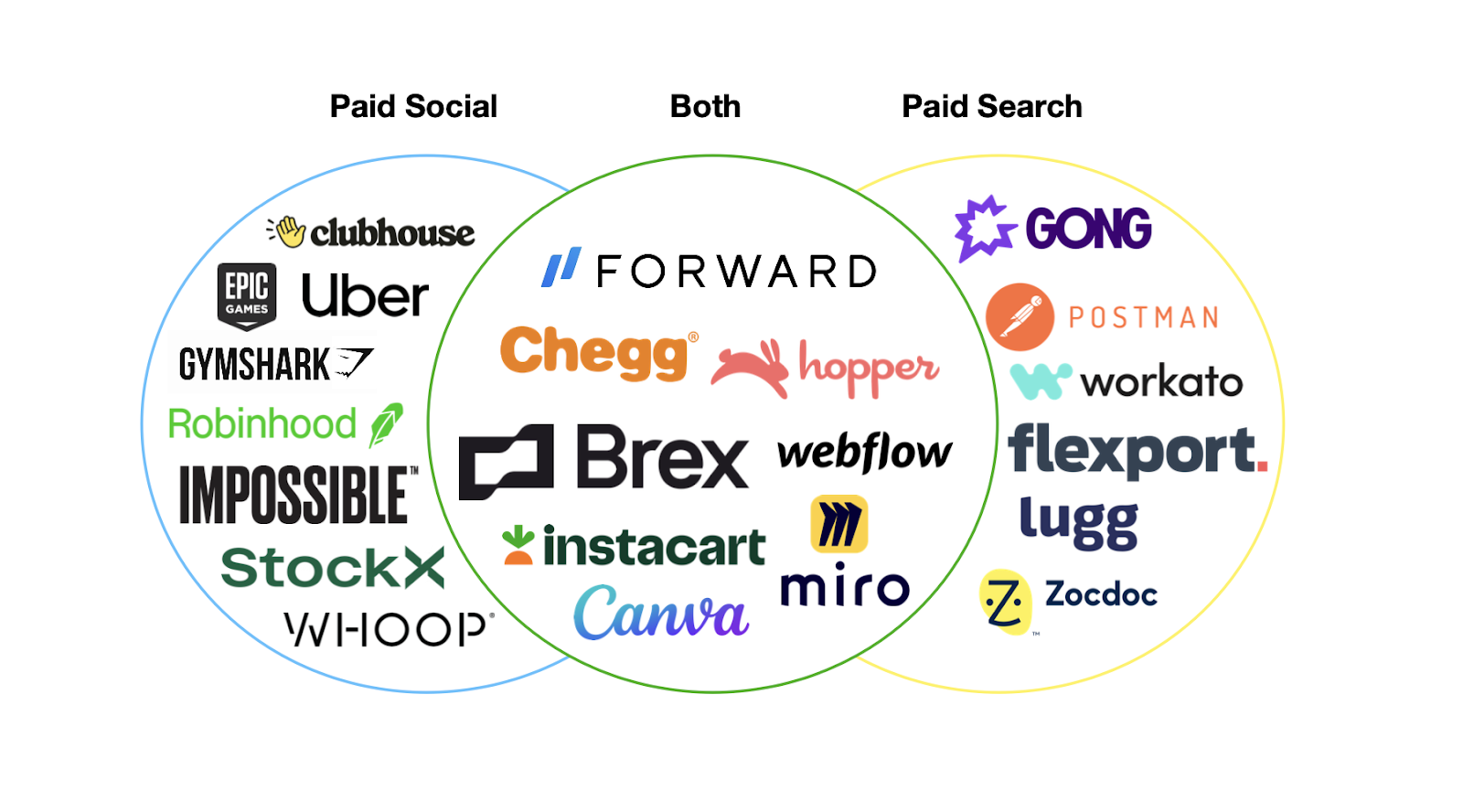
Paid acquisition: The #1 way to find product-market fit
Launching a startup usually means obsessing about whether product-market-fit (PMF) has been achieved in its early days. More broadly, PMF is a term we use to describe a product or service that has generated enough organic demand from consumers. This demand is both sustainable and economically worthwhile for a startup to continue offering said product.
How can you find PMF in the most efficient and frictionless way possible? I argue that the answer to this question is paid acquisition. This article will help you select the best paid channel depending on your startup idea, deploy a battle-tested waitlist strategy, optimize messaging tests, and more.
Which paid channel to select?
Typically, I recommend Meta as the first paid channel to explore for a multitude of reasons: targeting capability, relatively cheap traffic, and a visual format for testing both graphics and copy.
How can you find PMF in the most efficient and frictionless way possible? I argue that the answer is paid acquisition.
By contrast, Google and paid search traffic is preferable if your offering is of high search-intent volume or in a complex B2B segment. For example, advertising a supply-chain AI startup targeting freight companies on Meta would be too complex and unlikely to find the right audience.
The easiest method for determining which paid acquisition channel is right for your startup is with the following three questions:
- Is my offering highly visual (clothing, product-based, etc.)?
- Does my product/service require an immediate solution to an event (moving homes, doctor’s visit for cold, etc.)?
- How complex is my offering?
If you answered that your product/service is highly visual, you’d be leaning towards a paid social channel such as Facebook or TikTok. However, if you answered that your offering is either immediate-solution oriented, location-based, or complex, you should pivot towards a paid search channel, effectively Google.

Example channels that startups could have selected to find PMF. Image: Jonathan Martinez
The Venn diagram above illustrates which channels these established startups should have tested if they were looking to validate PMF. Certain startups, such as Forward Health or Canva, can get away with advertising on both channels because they’re visual, not complex, and have a large target market.
Most consumers can leverage a new healthcare plan or graphic creation, which is inherently very visual. Conversely, a startup such as Lugg, which helps people move homes, should leverage Google as their company offers a solution that consumers often need immediately, and at very specific times.
As an additional note, if you’re looking to advertise on Meta, BusinessofApps is reporting that the latest cost per thousand impressions (CPMs) is hovering around $15 in 2023. This means that to have an estimated 1,000 people view your offering, you’ll be paying around $15. Not bad at all!
Battle-tested waitlist method
In college, I tested countless startup ideas with friends who were as excited about starting a business as I was. Unfortunately, none of them ultimately succeeded. However, an important, long-term success came from developing a strategy that I then employed many times to assess PMF. I’ve broken it down into five easy steps:
- Identify paid channel
- Create a landing page
- Create ad assets

